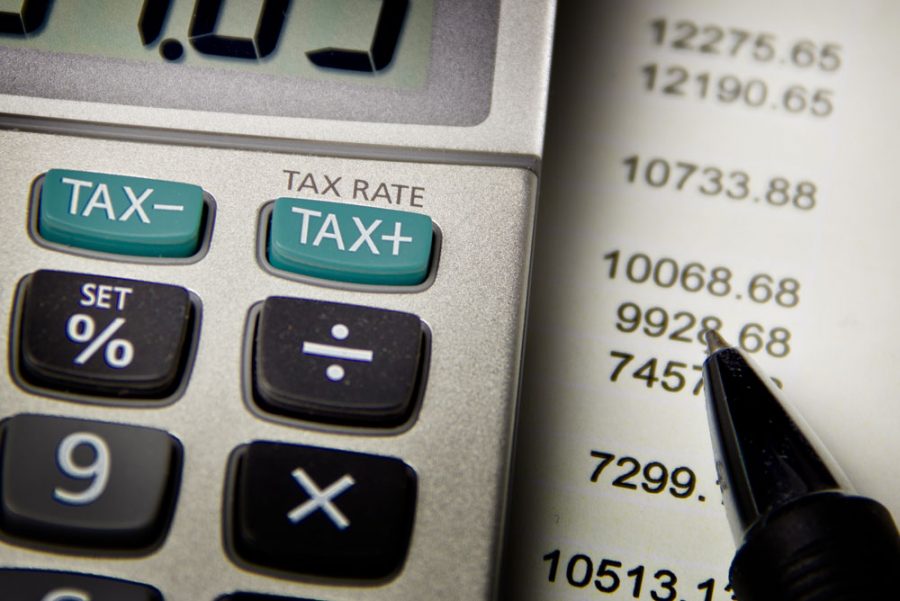The cost of everyday living should rise with the rate of inflation. But even when we take inflation into account, prices are rising. There are several ways that the daily cost of living is more expensive now than it was a few decades ago. And this problem is hitting many families hard, particularly those on low incomes. Housing, food and transport are just a few of the essential provisions that we have all begun paying more for in recent years. More expensive living costs mean that it can be even harder to get along from day to day. Combined with alterations to benefits for many, it can be devastating for some. But how do prices compare to just 20 or 30 years ago?
Housing
It doesn’t matter whether you rent or pay a mortgage. Housing is usually the biggest cost on anyone’s monthly budget. As most people are aware, the UK is currently undergoing a housing crisis. This means that there aren’t enough homes for people who rent. The problem drives up costs for rent, resulting in calls for a cap to be put in place. Barely any new houses are being built. And young adults may not be able to afford to buy a home until they’re middle-aged. In 2011, the Halifax house pricing index released new information. It said that the average house price had risen by £150,000 in 20 years. Not only that, but they’re still on the rise. The CEBR predicted they would increase by as much as 15% from 2012-2017.
Food

Grocery cart filled with nutritious fruits and vegetables.
Next to housing, food is one of the essential things we need to live. And the usage of charity food banks has risen considerably over the last five years. Compared to 20 years ago, the price of food has doubled. A report by Oxfam revealed that world food prices rose in just one year. They increased by a whopping 36% between 2010 and 2011. Many different food items have increased in price. This is true for both the last few decades and the last few years. From dairy to biscuits, it means many people are struggling to pay for food.
Household Bills
 You can’t go long without hearing about an increase in energy prices. According to the Joseph Rowntree Foundation, energy costs rose by 39% in five years. The data was from between 2008 and 2013. Electricity and gas are essential amenities to run a healthy home. Higher costs mean families have to keep an eagle eye on their usage. According to a report by Which? The cost of your energy bill has risen by an impressive 73% in just the last decade. The figure amounts to an additional £580 on the average household’s annual expenses. Energy watchdogs are calling for an overhaul of the energy market. But a solution doesn’t appear to be coming anytime soon.
You can’t go long without hearing about an increase in energy prices. According to the Joseph Rowntree Foundation, energy costs rose by 39% in five years. The data was from between 2008 and 2013. Electricity and gas are essential amenities to run a healthy home. Higher costs mean families have to keep an eagle eye on their usage. According to a report by Which? The cost of your energy bill has risen by an impressive 73% in just the last decade. The figure amounts to an additional £580 on the average household’s annual expenses. Energy watchdogs are calling for an overhaul of the energy market. But a solution doesn’t appear to be coming anytime soon.
There are many other costs that are putting pressure on the average home. From childcare to public transport and fuel, the cost of living has undoubtedly risen. Combined with new welfare rules, these prices have caused people with low incomes to struggle.
For advice on managing your household budget please visit Money Advice Service.
DISCLAIMER: These articles are for information only and should not be construed as advice. You should always seek advice prior to taking any action.
